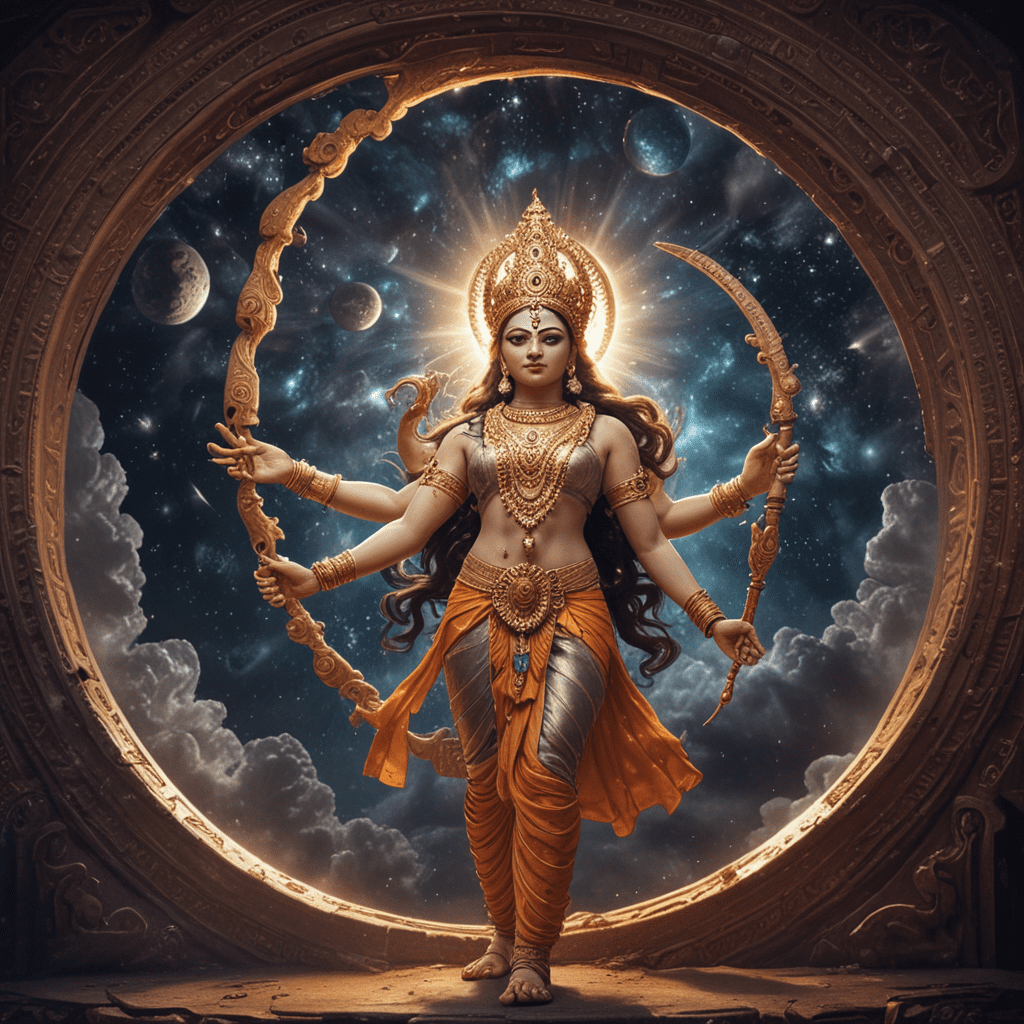Thai Mythology: A Tapestry of Tricksters and Deceivers
Thai mythology is a vibrant tapestry woven with tales of gods, demons, and mythical creatures. Within this rich narrative landscape, tricksters and deceivers play a significant role, shaping the stories and worldview of Thai culture. These figures, often characterized by their cunning, wit, and mischievous nature, are not merely villains but serve as complex, multifaceted characters who challenge societal norms and offer valuable lessons.
The Role of Tricksters in Thai Folklore
Tricksters in Thai folklore often act as agents of chaos, disrupting the established order and exposing the flaws and hypocrisies within society. They act as catalysts for change, forcing characters to confront their own values and beliefs. By using their wit and cunning to outsmart those in power, tricksters often champion the underdog and challenge the status quo. They also play a vital role in entertaining audiences, their humorous antics and surprising twists adding a layer of amusement and intrigue to Thai storytelling.
Key Characteristics of Thai Tricksters
Thai tricksters share several common traits that define their role in mythology. They are typically characterized by their intelligence, adaptability, and ability to think outside the box. They often rely on their wit and cunning to achieve their goals, rather than brute force or physical strength. Additionally, they are known for their mischievous nature, often indulging in pranks and playful tricks that can range from harmless fun to mischievous pranks that cause chaos and disruption.
Notable Trickster Figures in Thai Mythology
One prominent trickster figure in Thai mythology is Phra Apai Mani, a mischievous and cunning demigod who often outwits his opponents through clever trickery. His stories are filled with tales of deception, pranks, and humorous escapades, making him a beloved figure in Thai folklore. Another notable trickster is Kra Sue, a spirit that embodies the mischievous and unpredictable aspects of nature. Stories about Kra Sue often depict him as a trickster who plays pranks on unsuspecting villagers, highlighting the unpredictable nature of the natural world.
The Significance of Trickery in Thai Culture
Trickery, despite its association with chaos and deception, holds a significant place in Thai culture. It is seen as a valuable skill, a mark of intelligence and adaptability, particularly in navigating the complexities of human relationships and social hierarchies. The ability to use wit and cunning to gain an advantage is often celebrated in Thai stories and proverbs, highlighting the importance of resourcefulness and strategic thinking.
Deceivers as Agents of Chaos and Transformation
While tricksters often act out of mischievous intent, deceivers in Thai mythology often serve a darker purpose. They represent forces of chaos and disruption, seeking to manipulate and exploit others for personal gain. These figures, often associated with malevolent spirits or demons, embody the darker side of human nature, revealing the potential for greed, envy, and betrayal. They act as reminders of the dangers that lurk within the shadows, challenging the stability of the world and forcing individuals to confront the consequences of their actions.
Their role extends beyond mere disruption. Deceivers can also act as catalysts for transformation, forcing characters to confront their vulnerabilities and grow from their experiences. Their cunning manipulations can expose weaknesses and hidden truths, forcing characters to re-evaluate their values and priorities. Ultimately, by confronting the deceiver, characters learn valuable lessons about trust, resilience, and the importance of discerning truth from illusion.
The Moral Ambiguity of Tricksters and Deceivers
The moral ambiguity of tricksters and deceivers in Thai mythology adds depth and complexity to their characters. While their actions may be disruptive or even harmful, their motivations are often rooted in a desire for personal gain, survival, or even a warped sense of justice. This ambiguity forces viewers to question their own moral compass, prompting them to consider the motivations behind deception and the blurred lines between right and wrong. The stories highlight the complexities of human nature, exploring the interplay between good and evil, and reminding us that even the most seemingly benevolent characters can harbor hidden agendas.
Theories on the Origin of Tricksters and Deceivers in Thai Mythology
The prevalence of tricksters and deceivers in Thai mythology suggests their deep-rooted significance in the cultural consciousness. Several theories attempt to explain their origins and lasting influence. One theory suggests that tricksters represent the unpredictable and often chaotic forces of nature, embodying the untamed spirit of the natural world. Another theory proposes that they serve as a reflection of the complexities and contradictions within human nature, highlighting both our capacity for good and evil. Ultimately, the enduring presence of these figures highlights their role as vehicles for exploring fundamental questions about morality, human nature, and the nature of reality.
Tricksters as Symbols of Human Nature
Trickster figures in Thai mythology often serve as symbols of the human condition, highlighting our inherent flaws and contradictions. Their mischievous nature reflects our tendency for playfulness, while their cunning reveals our capacity for deception and manipulation. By embodying both the positive and negative aspects of human nature, tricksters offer a complex and nuanced portrayal of our species. They remind us that we are all capable of both greatness and folly, and that our actions have consequences.
Tricksters and Deceivers in Modern Thai Storytelling
The legacy of tricksters and deceivers continues to resonate in modern Thai storytelling, appearing across various mediums like film, television, and literature. They serve as recurring characters in popular folk tales and contemporary dramas, offering a unique lens through which to explore themes of power, social justice, and the human condition. Their stories serve as a reminder of the enduring power of myth and folklore to shape our understanding of the world and ourselves. By adapting these figures to contemporary contexts, modern Thai storytellers demonstrate the timeless relevance of these themes and characters, ensuring their continued presence in the cultural imagination.
FAQ
Q: What is the difference between a trickster and a deceiver in Thai mythology?
A: While both can be cunning and manipulative, tricksters are typically driven by mischievous intentions, seeking to disrupt the status quo or expose hypocrisy. Deceivers, on the other hand, often act with darker motives, seeking to exploit or harm others for personal gain.
Q: Are tricksters always villains?
A: No, tricksters are often viewed as morally ambiguous figures. While their actions may be disruptive, they can also challenge authority and champion the underdog. Ultimately, their morality is often subjective and depends on the specific context of the story.
Q: Why are tricksters and deceivers so prevalent in Thai mythology?
A: Their prevalence reflects the complexities of human nature and the challenges of navigating societal structures. They help us understand the potential for both good and evil within ourselves, reminding us that even the most seemingly benevolent individuals can harbor hidden agendas.
Q: How do modern Thai stories use tricksters and deceivers?
A: Modern Thai stories often adapt these figures to contemporary contexts, exploring themes of power, social justice, and the human condition. They serve as a reminder that despite the changing world, the core themes and characters of mythology remain timeless and relevant.



